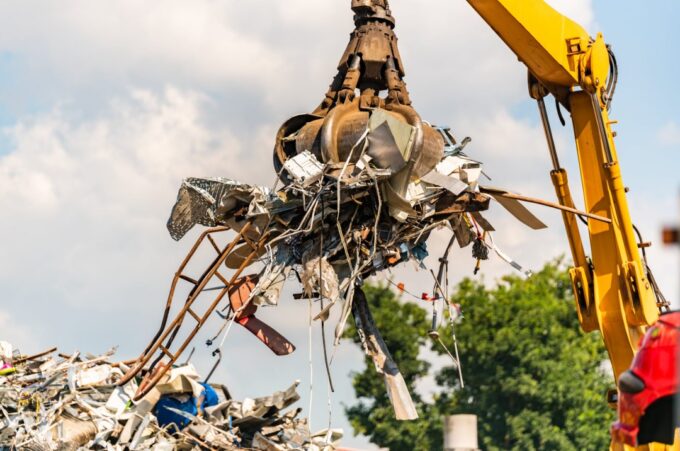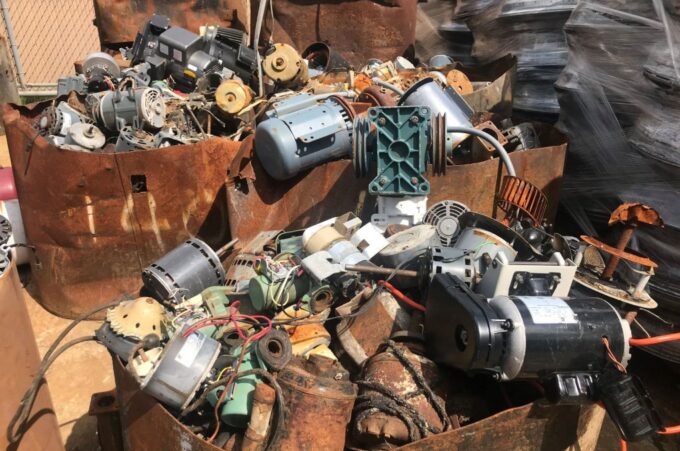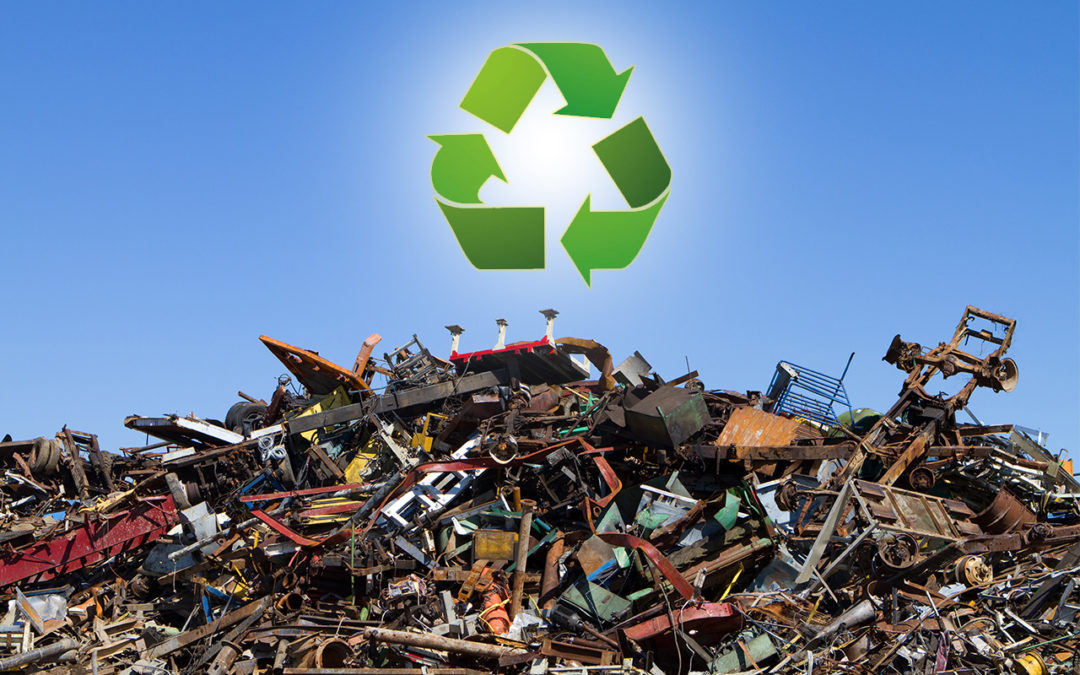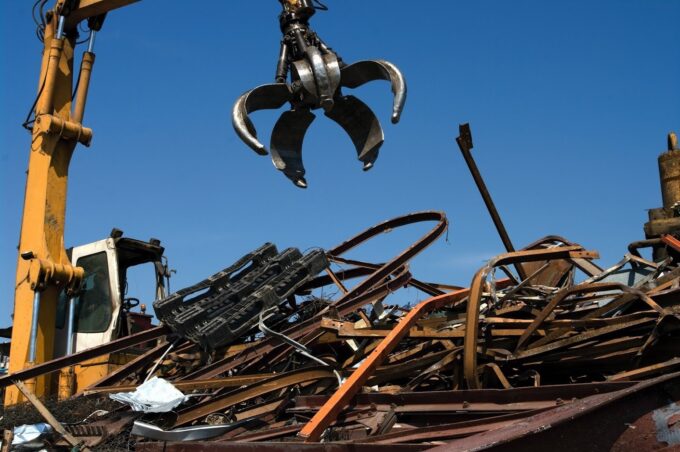Margins are slim in scrap recycling. Mistakes cost money fast. The difference between profit and waste often comes down to decisions made before the material even hits the yard. This guide breaks down sharp, practical strategies that will raise your revenue without gimmicks or guesswork.
1. Know What You Earn on Every Load
Start by identifying your most profitable materials. Don’t guess—use hard numbers. Break every load into categories: type, weight, source, processing cost, and sale price.
Most yards only look at gross volume. That’s not enough. You need clarity on:
- Which suppliers bring high-value material
- Where your labor or fuel costs cut into margins
- Which sales channels return the best resale price
Even one mispriced load every week adds up to thousands in annual losses. Run a regular audit on your inbound and outbound transactions. If you use brokers or third-party buyers, compare their rates to open market benchmarks at least twice a month. Don’t let familiarity cost you better deals.
2. Source More Scrap Through Field Outreach
Scrap doesn’t just show up. You need to build the kind of operation that attracts it.
Reach out to contractors, industrial facilities, and retail chains. Offer value before they ask. Show them how your process works and what they gain by working with you. Focus on time savings, fast pickup, and reliable communication.
A key move here is offering scrap metal removal solutions. One example is Scrap Gators, who provide tailored removal services with efficient logistics and clear pricing. That approach builds long-term commercial relationships and secures repeat loads.
Set up regular collection schedules and become their default option. Scrap should flow to your yard automatically. That only happens when your service is easier than the alternative.

3. Invest in Equipment That Pays You Back
Old machines and manual sorting create slowdowns and shrink profits. Newer systems allow you to sort faster, cut down on labor, and produce cleaner outputs.
Upgrading doesn’t mean buying the biggest, flashiest gear. You only need what solves your current bottleneck. If copper wire stripping takes hours by hand, invest in an automated granulator. If mixed loads slow your resale, add eddy current separators.
You’ll move more weight per hour and get cleaner materials that demand higher prices. Over time, the margin difference pays for the equipment itself—and then keeps paying.
4. Lock in Better Contracts Through Bulk Agreements
You make more when you sell in bulk. That means locking buyers into consistent, high-volume contracts.
To do this, you must offer predictable output. Buyers don’t want sporadic shipments. They want daily, weekly, or monthly volume without variance.
Improve your position by:
- Bundling similar metals for consistent quality
- Offering pre-sorted, pre-processed shipments
- Providing flexible loading schedules
That gives buyers fewer headaches and makes your facility more attractive than the next one. It also gives you pricing leverage.
Always tie contract length to metal market cycles. Don’t stay locked into a 12-month deal when copper is surging. Offer clauses that allow renegotiation after a set threshold.
5. Stop Throwing Away Low-Value Scrap
Every yard has a pile that never gets processed—dirty brass, stripped insulation, low-grade stainless. Most owners see it as not worth the time.
That’s wrong. Minor effort turns low-value loads into clean, higher-paying materials. Strip copper wiring. Separate metals down to their purest type. Shred bulk items into compact, transportable form. These steps take minutes but can double or triple the resale price.
You already own the material. The work is the only barrier between trash and profit.
6. Expand Control With Vertical Integration
One of the fastest ways to boost revenue is by reducing reliance on third parties. You make more money when you sell processed metals instead of raw loads. You also lose less to broker fees, inconsistent pricing, and delayed payments.
Start by handling more of your own processing. Add compactors, balers, or wire strippers. When volume allows, look into direct shipping to foundries or manufacturers.
This approach gives you control over output, pricing, and delivery schedules. It also gives you negotiating power on both ends—buying and selling.
7. Track Data, Not Gut Feelings
If you aren’t logging what comes in and out daily, you’re working blind. Good tracking doesn’t just tell you what happened—it shows you where to improve.
Record load weights, processing times, fuel usage, labor hours, and material losses. Then, review that data weekly. Look for patterns.
Is one supplier always under-delivering? Is one material cost more in fuel than it returns in sales? Fix those leaks. Even 5% efficiency gain translates into thousands saved over a few months.
Switch to software that tracks in real time. Don’t wait for monthly reports. Make decisions based on today’s numbers.
8. Add High-Value Metals to Your Inventory
There’s more to scrap than steel, aluminum, and copper. Specialty metals pay far more—but only if you know how to find, identify, and resell them.
Start building relationships with manufacturers in aerospace, automotive, and medical sectors. Look for high-nickel alloys, titanium, tungsten, or carbide. You’ll need precise sorting and better buyers, but margins make it worth it.
These metals often get discarded with bulk loads. Train your team to spot and isolate them before they disappear into a shredder.
Over time, this builds a new revenue stream with higher stability than volatile base metals.

9. Offer On-Site Services to Generate Leads
Mobile services create new revenue and bring you closer to high-value scrap.
Offer:
- On-site demolition cleanup
- Factory scrap audits
- Scheduled pickup routes
Each service builds trust and puts you top-of-mind when big loads are ready. Most companies don’t want to deal with scrap—they just want it gone.
If you make that easy, you win the account and everything that comes with it.
Final Thoughts
You don’t need massive expansion to grow revenue in scrap recycling. You need precision. Small changes in how you sort, process, and source can double your margins within months.
Start with your data. Know where the money flows. Then build systems that tighten each part of the process—supply, labor, resale. Offer value that makes clients stick. Upgrade when it pays back. Move faster than your competitors.
The scrap yard that runs clean, smart, and tight always wins.







